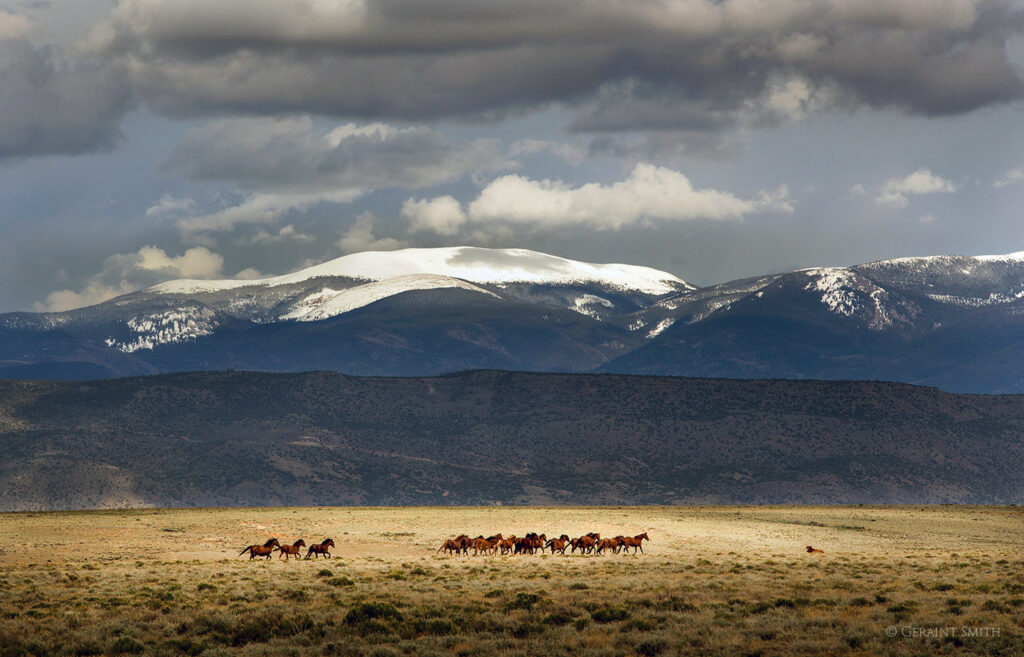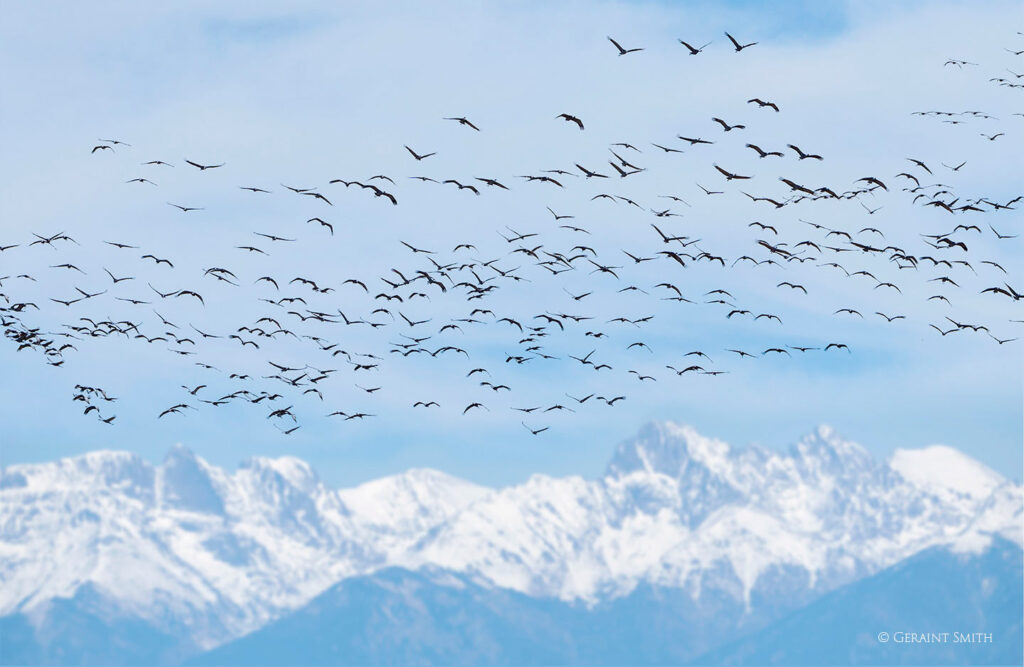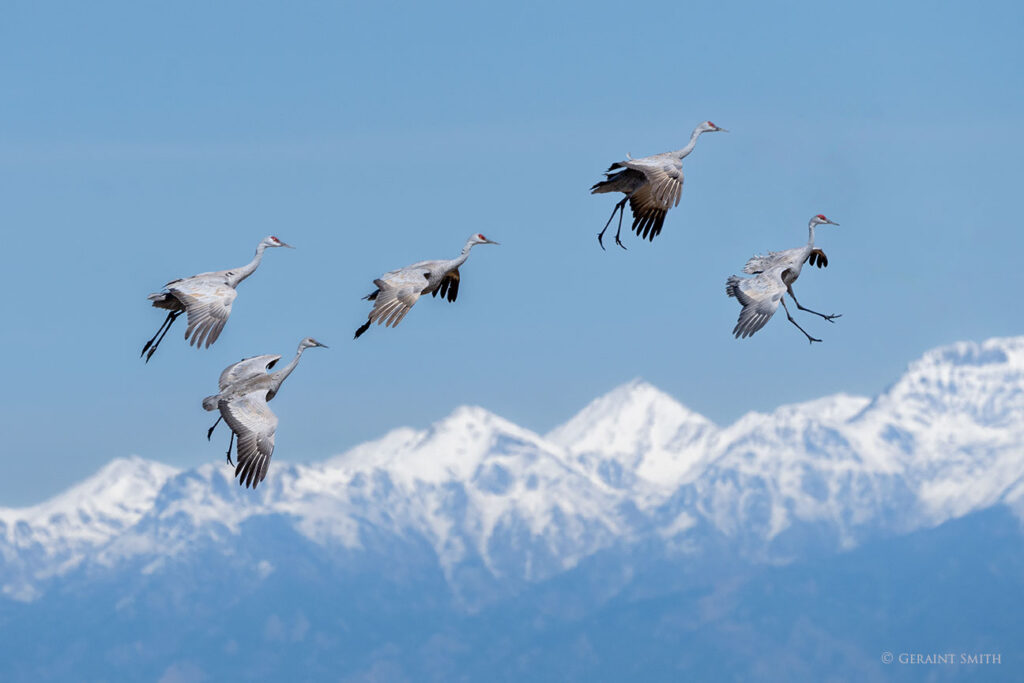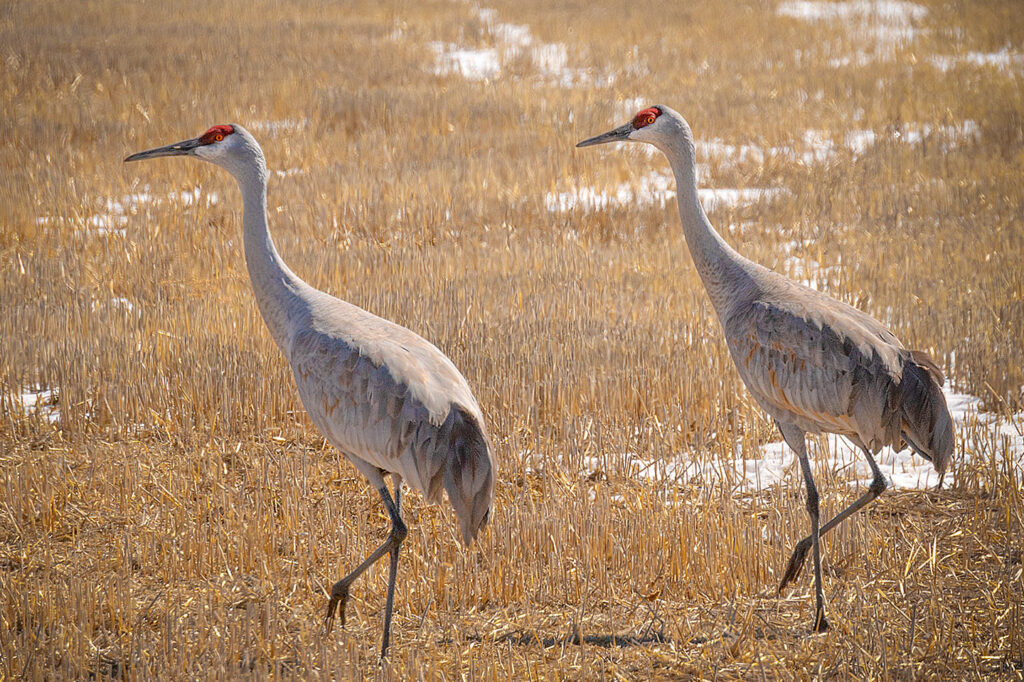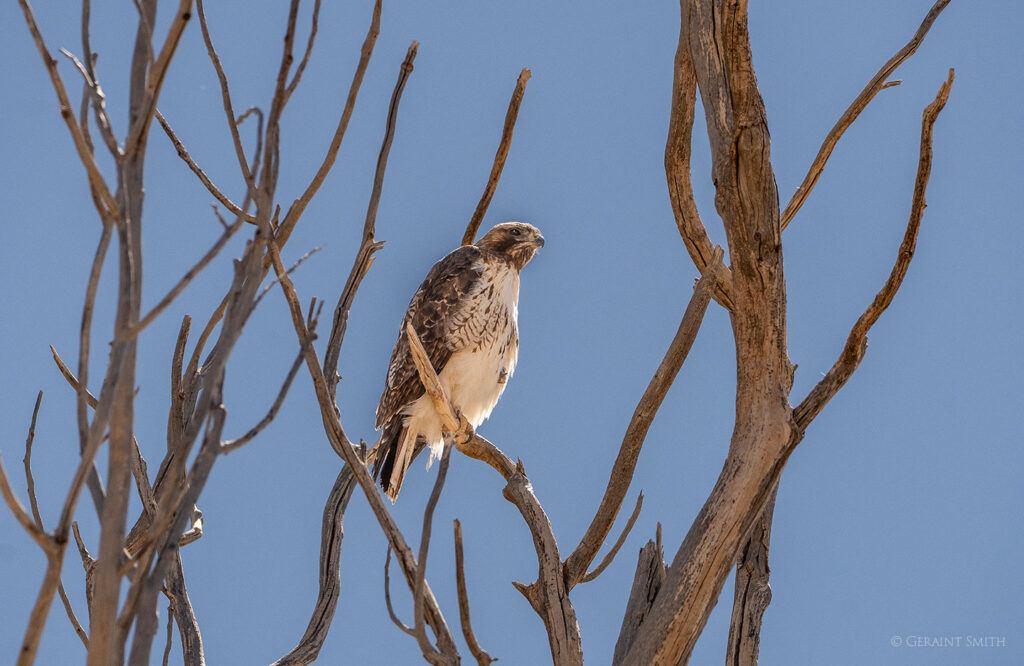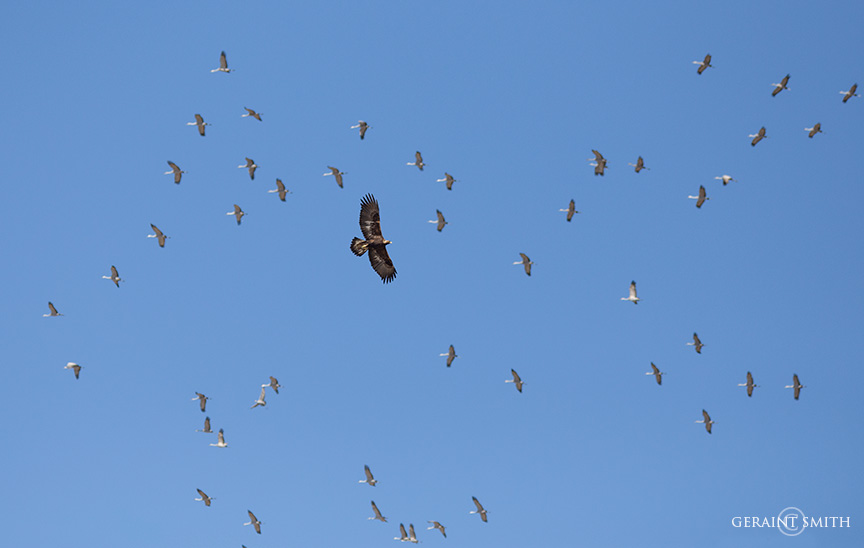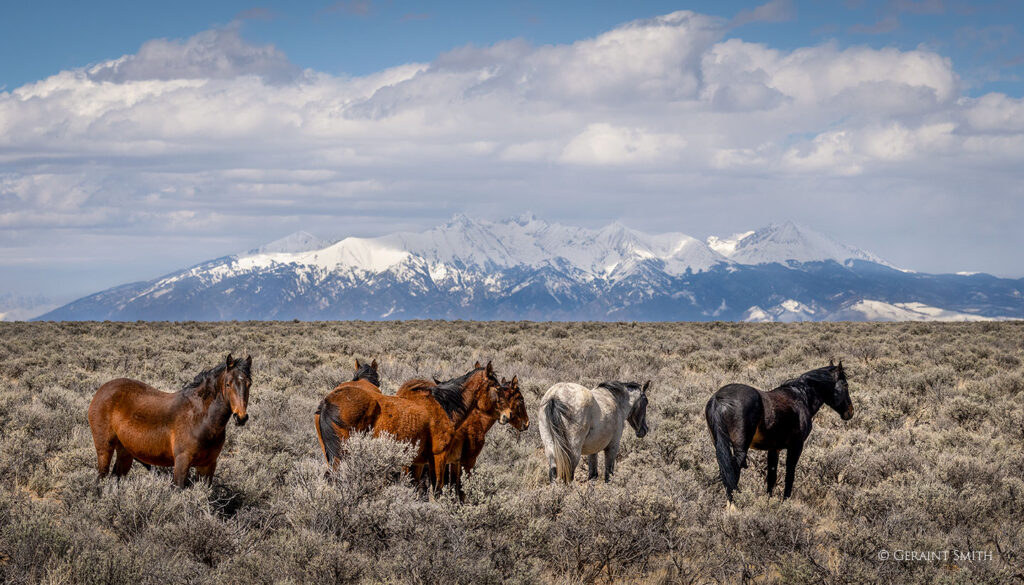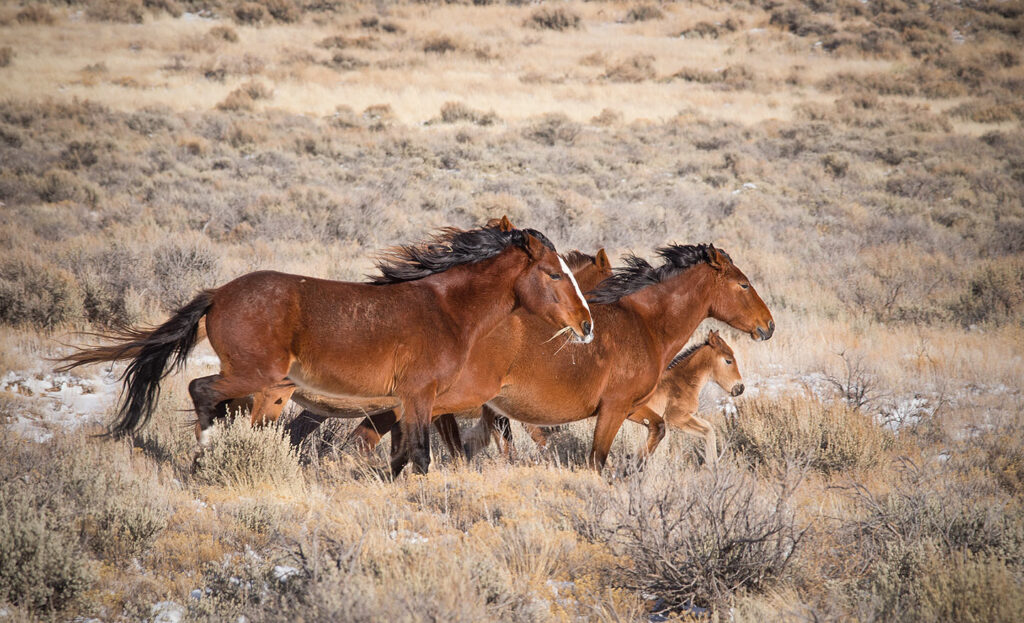Wild Horses On The Plateau. 10-22-2025
Greetings from New Mexico. This week, wild horses. For the last three weeks, I’ve been in the landscape of a Georgia O’Keeffe painting, exploring the areas around Abiquiu, and Ghost Ranch, NM, five times, and again tomorrow. I never tire of it, but it’s time for a change and to head out in search of wild horses, sandhill cranes, hawks, and elk. A change of scenery and subject is always good for the soul and the portfolio.
The following two images were taken in spring.
These two were trucking along foraging in the fields near Monte Vista NWR.
Hawks are plentiful, and this time of year, in old snags and on power poles.
I doubt it will snow on the peaks before next week, but horses are always fun to spot. Here’s a band on the plateau with Blanca Peak in Colorado.
As always, thanks for looking. Have a great week. G
My photo essay on the San Luis Valley, in the form of a PDF to download.
If you’d like to read more, here’s a brief account of the area.
The Taos Volcanic Plateau and the San Luis Valley are remarkable landscapes in the southwestern United States, known for their unique geological features and diverse wildlife.
The Taos Volcanic Plateau, located in northern New Mexico, is a striking expanse formed by volcanic activity millions of years ago. This plateau is characterized by its rugged terrain, with ancient lava flows, cinder cones, and volcanic peaks, such as Ute Mountain and San Antonio Mountain. The Rio Grande Gorge, a dramatic canyon carved by the Rio Grande, slices through the plateau, providing a stunning natural spectacle and a vital habitat for various species.
Adjacent to the plateau, the San Luis Valley stretches across southern Colorado and northern New Mexico. This high-altitude valley is one of the largest in the world, flanked by the Sangre de Cristo and San Juan mountain ranges. Its vast, flat expanse is dotted with wetlands, grasslands, and desert shrublands, creating a mosaic of habitats that support a rich array of wildlife.
The wildlife in these regions is as diverse as the landscapes themselves. The Taos Volcanic Plateau and the San Luis Valley are home to numerous bird species, making them popular destinations for birdwatchers. The wetlands and riparian areas attract migratory birds such as sandhill cranes, which stop over in the valley during their long journeys. Raptors, including golden eagles and red-tailed hawks, soar above the open spaces, while songbirds flit among the shrubs and trees.
Mammals also thrive in these areas. Mule deer and elk roam the grasslands and forests, while smaller creatures like coyotes, foxes, and rabbits are common sights. The plateau and valley provide critical habitat for more elusive species as well, such as bobcats and mountain lions, which find refuge in the rugged terrain.
The Taos Volcanic Plateau and the San Luis Valley are not only geological and ecological treasures but also cultural and historical ones. Indigenous peoples have lived in these regions for thousands of years, and their deep connection to the land is evident in the rich cultural heritage that persists today.
Together, these landscapes offer a glimpse into the dynamic interplay of natural forces and the resilience of life in a challenging environment. They remind us of the importance of preserving such unique ecosystems for future generations to appreciate and enjoy.
